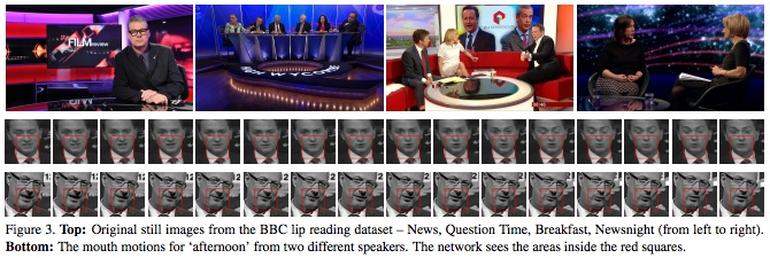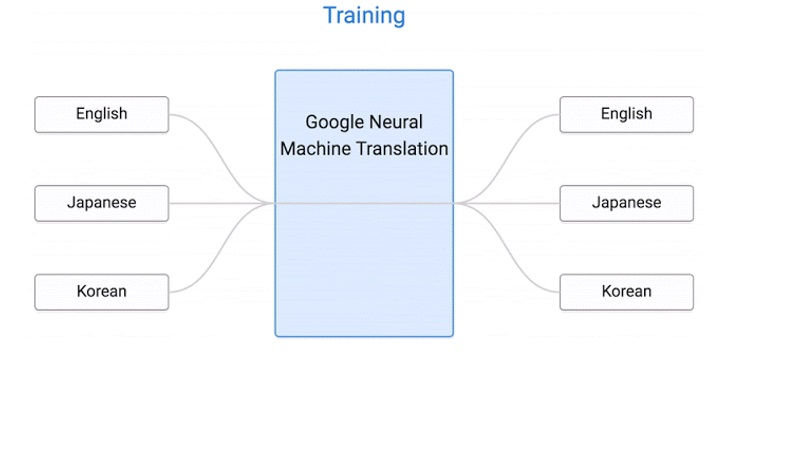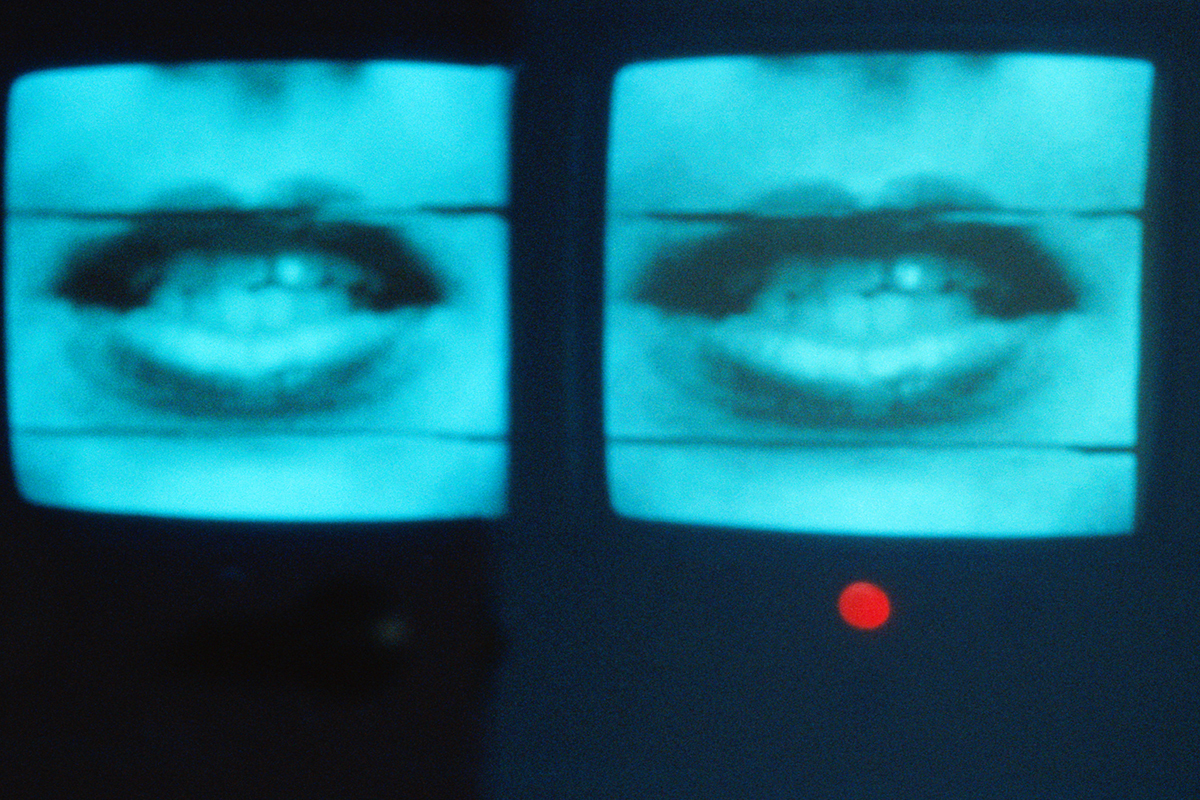



 (4 ratings)
(4 ratings)
Artificial intelligence technology has taken critical jumps with organizations, such as Microsoft making bold claims that its speech recognition system is as good as humans. Now, the latest achievements of Google's AI technology may help in fundamentally enhancing the lives of hearing-impaired individuals with a superior lip-reading framework, and in addition enhancing the nature of translations utilizing Multilingual Neural Machine Translation.

An AI system created in a joint effort with DeepMind, claimed by Google's parent organization Alphabet, and the University of Oxford was prepared by utilizing news recordings with a runtime of more than 5,000 hours, and more than 118,000 sentences, as indicated by a report by New Scientist. The recordings were taken from BBC shows that broadcast somewhere around 2010 and 2015. Subsequent to preparing, the framework was set to lip read programs broadcast between March and September of this current year. As indicated by the report, the framework can decipher entire phrases like "We know there will be hundreds of journalists here as well," by just looking at the speaker's lips.
Also Read: Google Purchase 'Moodstocks' An Artificial Intelligence Startup
While an expert lip-reader could enroll a win rate of only 12.4 percent in attempting to decipher 200 randomly selected clips from the above data set, the AI framework effectively perceived 46.8 percent of all words from the data set. Google further reported that the organization's translation tool - Google Translate - which as of late got the support of Neural Machine Translation to recognize whole expressions rather than single words, will now make utilization of Multilingual Neural Machine Translation. The organization says that Multilingual Neural Machine Translation enhances the past system and uses it as a base.

"Our proposed architecture requires no change in the base GNMT system but instead uses an additional "token" at the beginning of the input sentence to specify the required target language to translate to. In addition to improving translation quality, our method also enables "Zero-Shot Translation" - translation between language pairs never seen explicitly by the system," the search giant said in a blog post.
Must Read: US Approves Google's AI Oriented Self-Driving Car
This adequately implies Google Translate will now utilize one system for all translations as opposed to utilizing singular systems for every language pair translation. It further permits the system to do translation between language pairs that it has never observed. Despite the fact that we should sit tight for the real effect of these accomplishments by Google's AI innovation, it must be said that the innovation's initial feat is noteworthy.

Must Visit Our Google+ Community Page For Latest And Updated Technology Happenings Around The Globe.